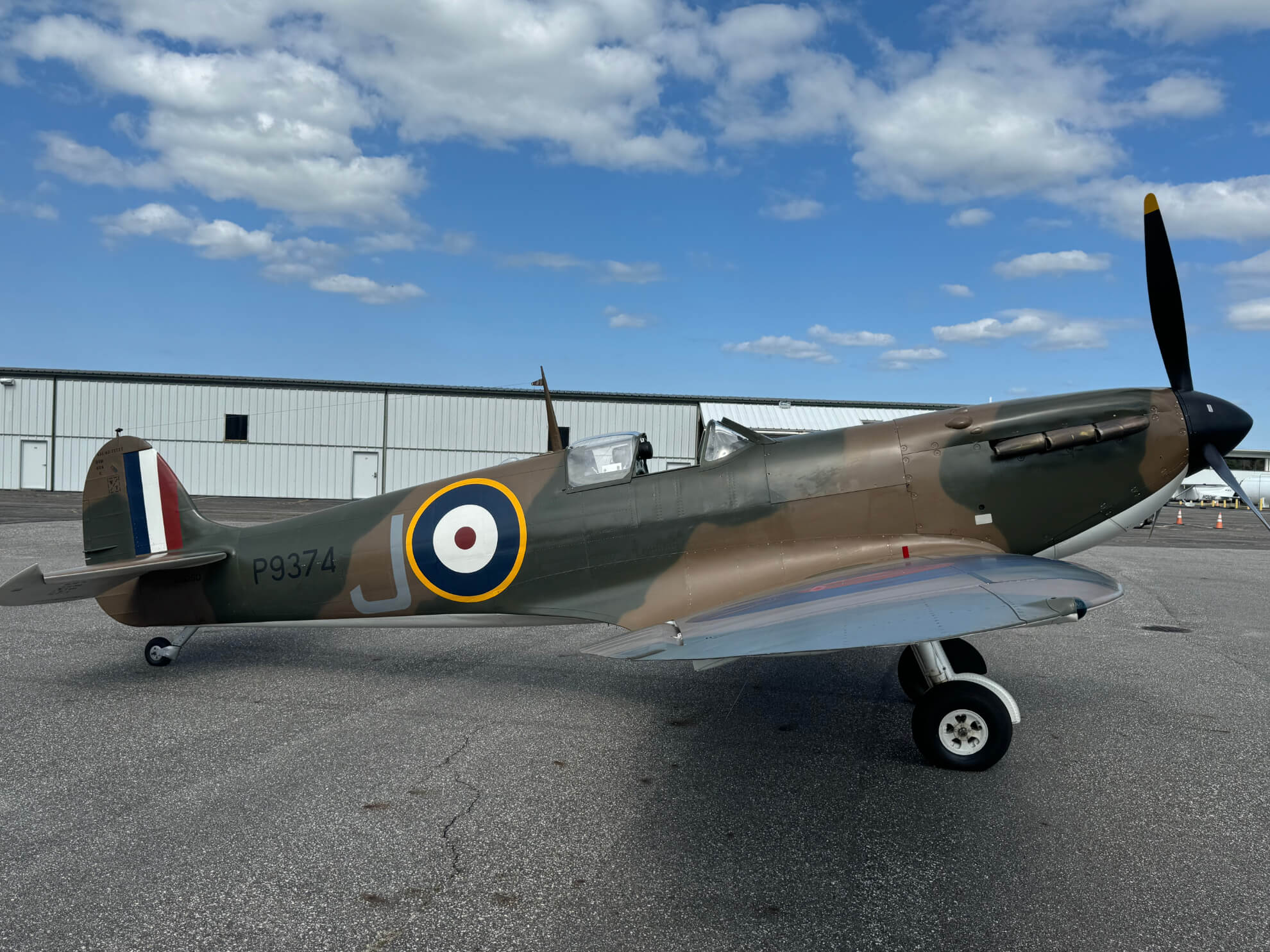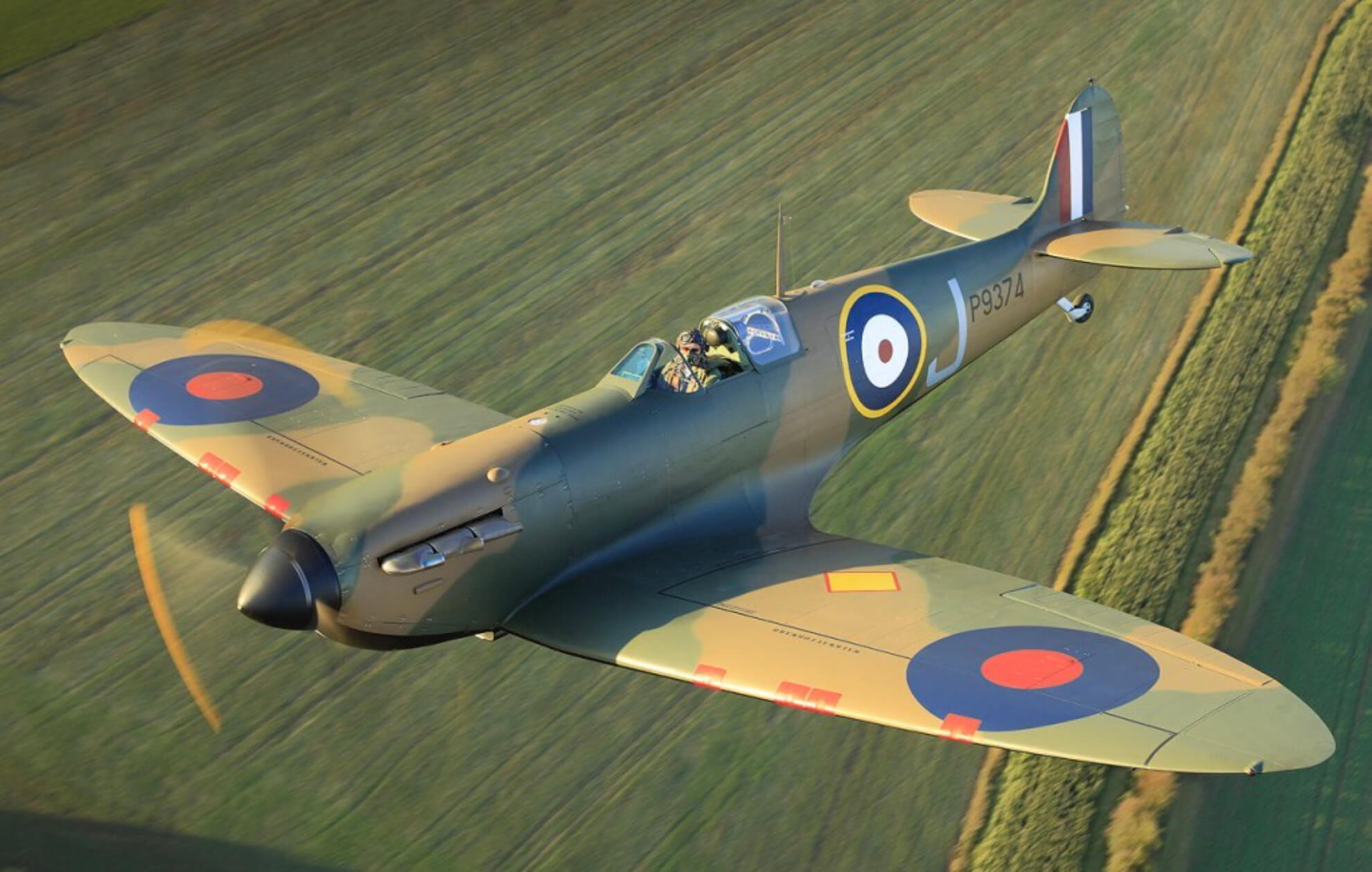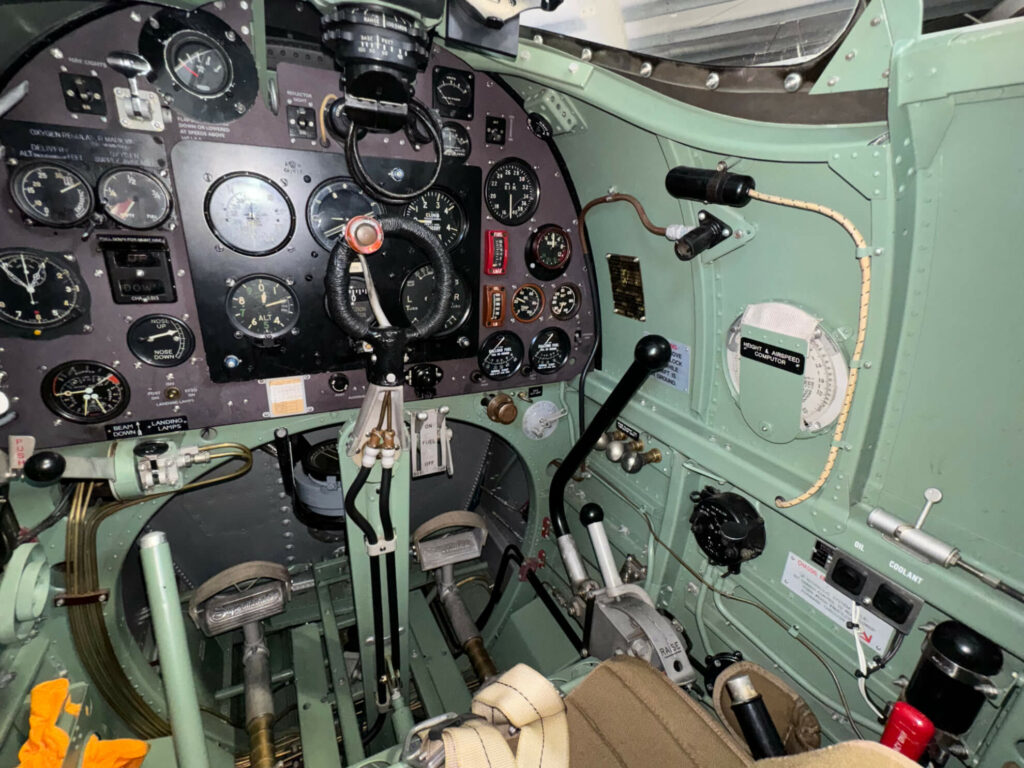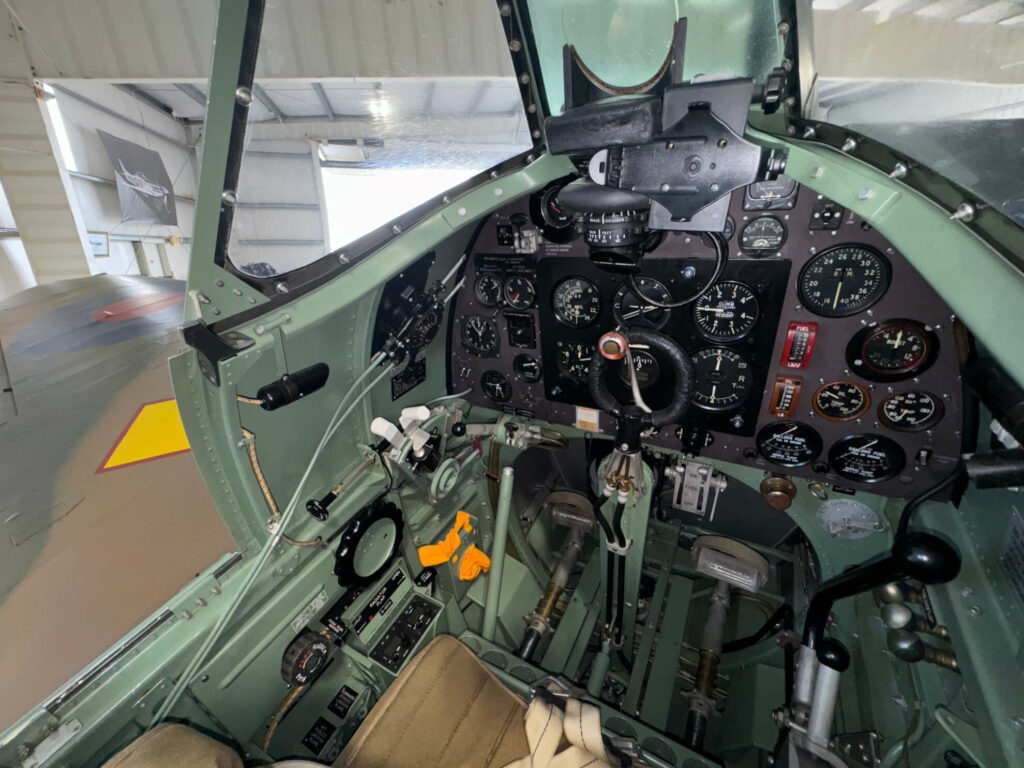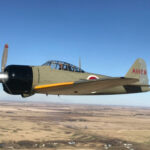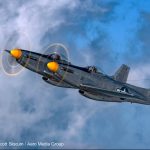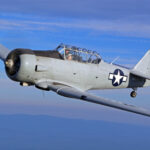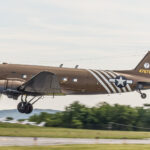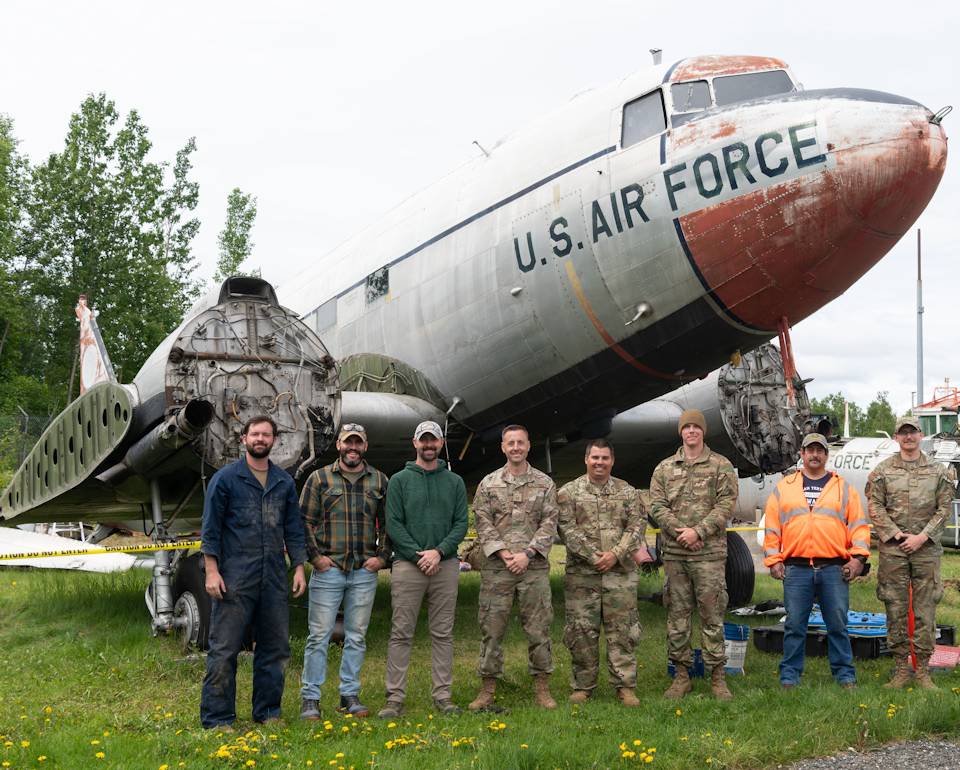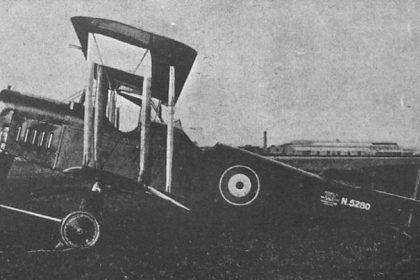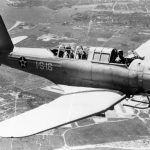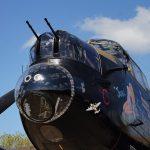Platinum Fighter Sales has recently added several rare and unique aircraft to its listings, including the exceptional XP-82 Twin Mustang and the Nakajima A6M2 Model 21 Zero. Among these iconic planes is the newly listed 1940 Vickers Supermarine Spitfire IA P9374.
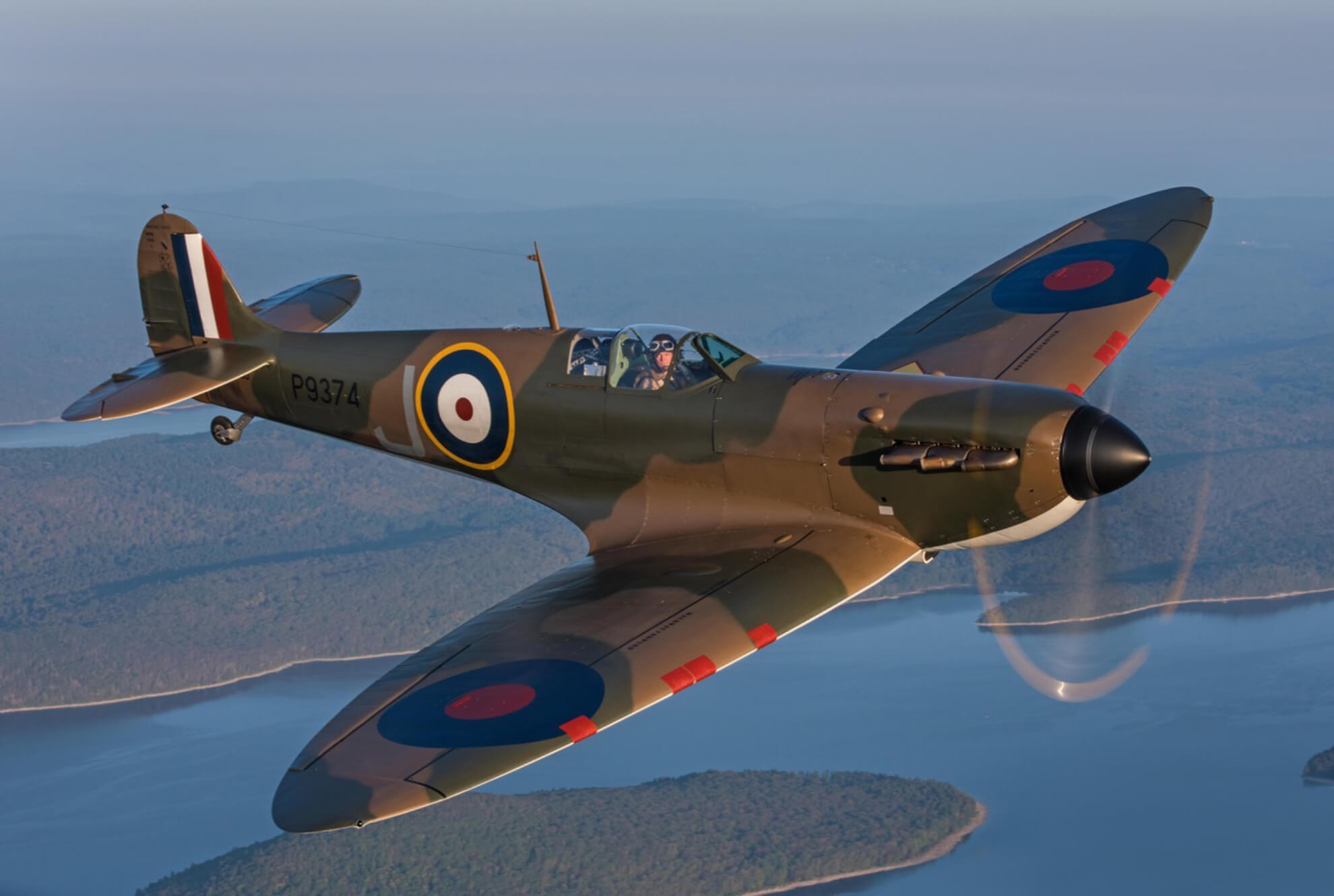
With only 93.2 hours of flight time since its 100-point restoration by Historic Flying in Duxford, UK, the restoration of Spitfire Mark I P9374 stands as one of the most authentic and remarkable restorations ever undertaken. This labor of love was a monumental effort, requiring an immense amount of time, manpower, and financial resources. Twelve dedicated English craftsmen worked full-time for three years, devoting nearly 27,000 hours to meticulously restore every detail of this historic aircraft. Their unwavering commitment brought the Spitfire back to its exact original state, as it had been on May 24, 1940, before its fateful flight. The result is nothing short of extraordinary, as a critical piece of aviation history has been resurrected for future generations to experience.
History in the Sands
In September 1980, the remains of Spitfire P9374 were discovered buried in the sands of a Calais beach. This early Mk I Spitfire had joined the famous 92 Squadron at RAF Croydon on March 6, 1940, as part of Britain’s Home Defense force. On May 23, Pilot Officer Williams flew P9374 in its first combat, successfully downing a German Me 110 over the French coast. The next day, Flying Officer Peter Cazenove took P9374 on what would become both his first and last combat mission of the war. During the early stages of World War II, many pilots and aircraft were lost soon after entering combat. P9374 was no exception, with only 32 hours and 5 minutes of flight time before being hit by fire from a Dornier 17-Z bomber. The damage to its coolant system caused the engine to overheat, forcing Cazenove to land the Spitfire wheels-up on the beach. He radioed in, humorously stating, “Tell mother I’ll be home for tea!” After landing, Cazenove joined local forces in a rear-guard action before being captured as a prisoner of war, not reuniting with his mother for many years.
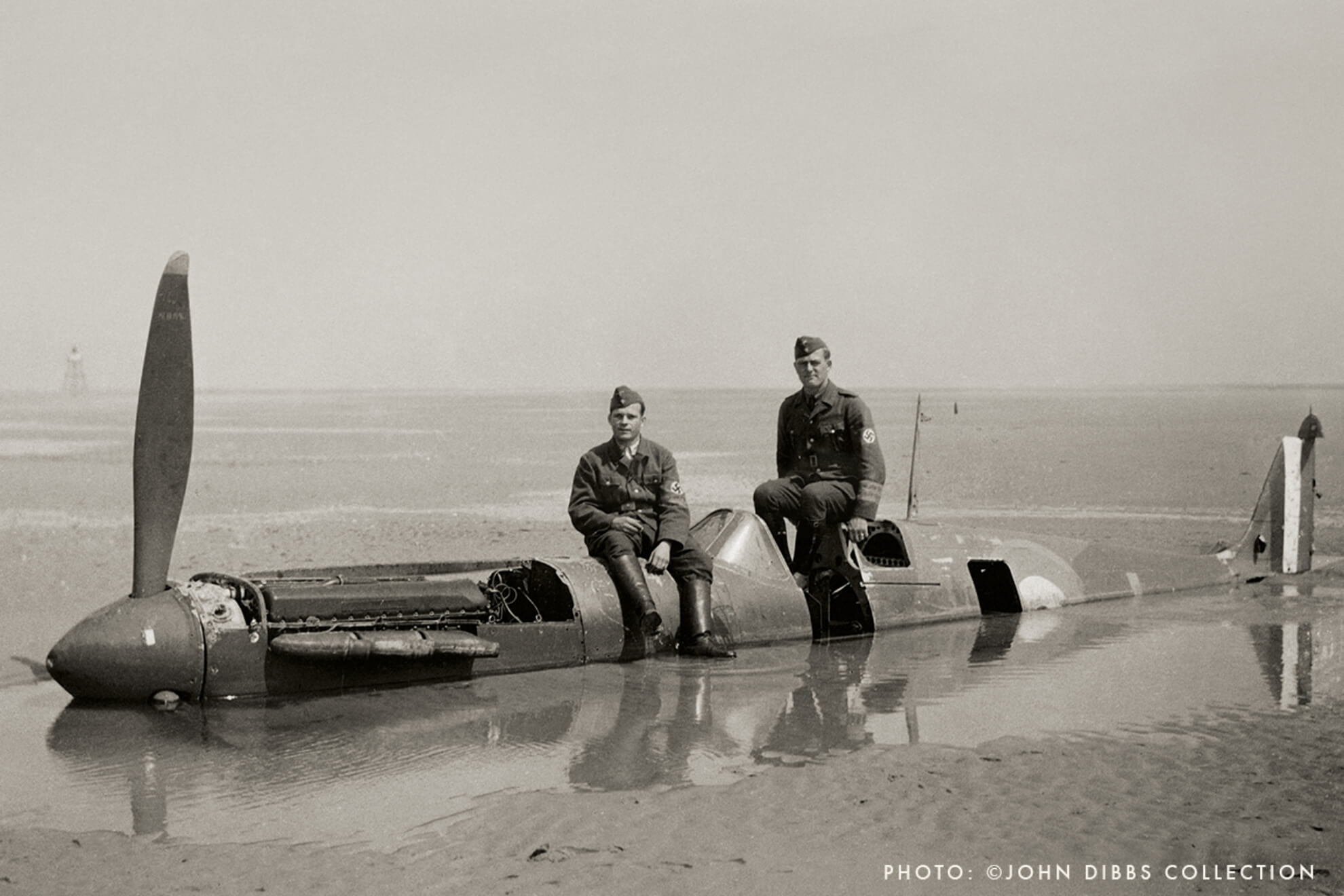
Over the decades, P9374 remained buried in the sand, until its remarkable re-emergence in 1980. Amazingly, many components, including the engine and machine guns, were still in relatively good condition. Tragically, Peter Cazenove passed away shortly before the aircraft’s recovery, having once mused, “I wonder what happened to my Spitfire and if anyone will ever find it?”
A Painstaking Restoration
The restoration of P9374 was a painstaking and exacting process, with a 100% commitment to authenticity. Every effort was made to recreate the aircraft as it was originally built at Supermarine’s Woolston Factory, from the instruments and fabric to the paint and stencils, many of which were hidden within the wings. The Spitfire is powered by an original Rolls-Royce Merlin engine, making it the only flying Mk I Spitfire equipped with one. However, for reliability, it currently flies with a more modern Merlin 35 engine, while the original is kept as a spare. Among the aircraft’s unique features are working flare tubes, an original gunsight, a period-correct radio, fabric-covered ailerons, and a complete set of .303 Vickers Bowling machine guns, along with their pneumatic operating system and 1940-dated belts of ammunition.
One of the most challenging aspects of the restoration was recreating the smooth-treaded Dunlop tires, identical to those the Spitfire originally wore. An original tire was sent to Dunlop, who replicated the design down to the period-specific script on the sidewalls. The undercarriage retains its original manually operated hydraulic hand pump system, making this the only Spitfire in the world to feature this setup. Even components from the original engine were carefully incorporated into the rebuild, and the distinctive ‘biscuit tin’ voltage regulator, clearly visible behind the pilot’s seat, was restored to full working condition. With the resurrection of P9374, a critical chapter of aviation history—once thought lost—has been brought back to life, allowing enthusiasts and historians alike to witness the glory of one of the most iconic aircraft ever built. To learn more about this aircraft, visit www.platinumfighters.com
